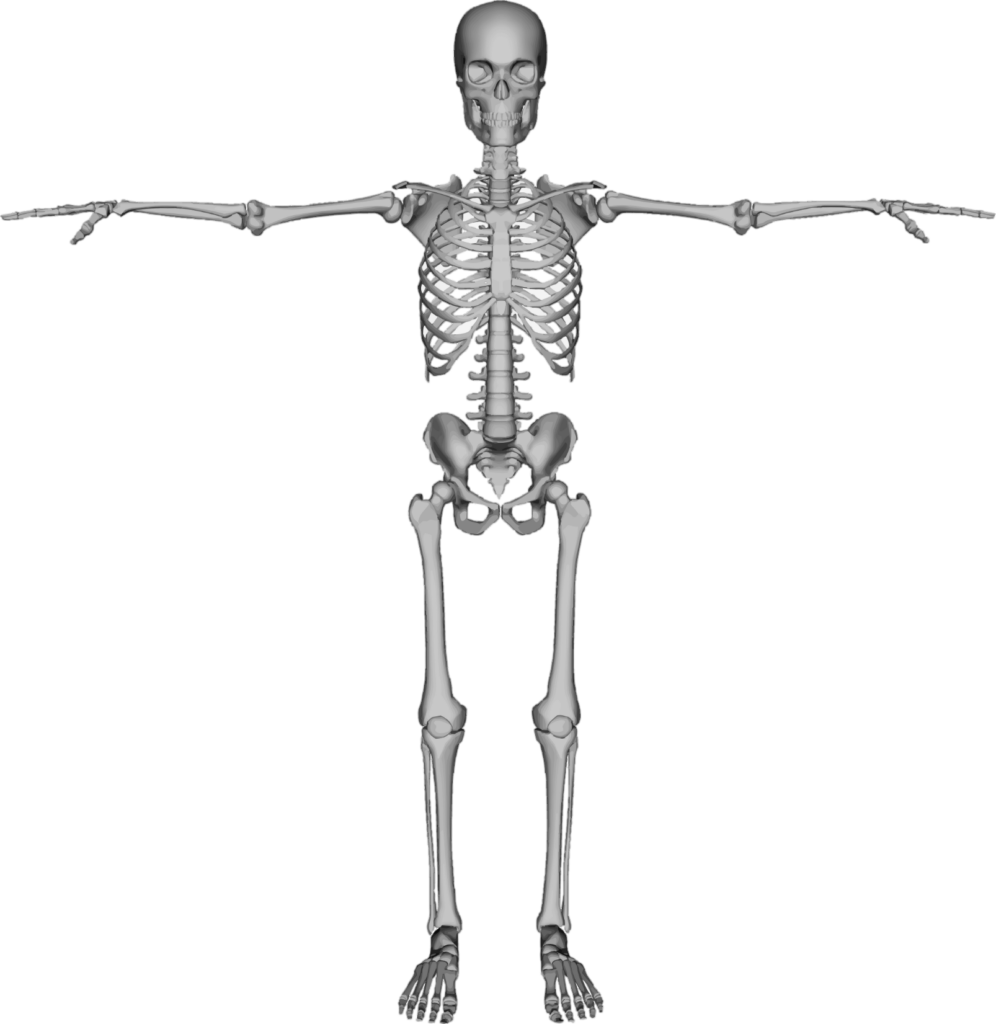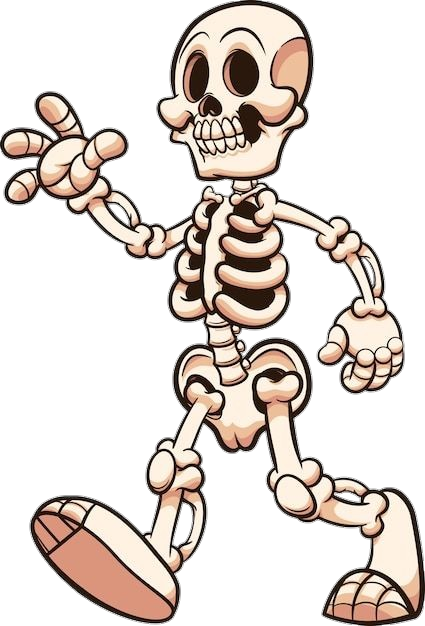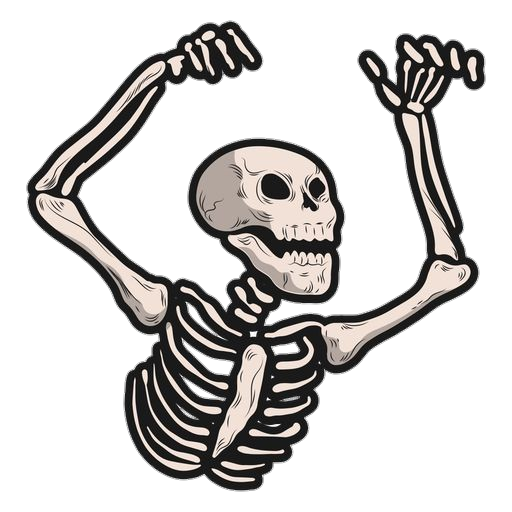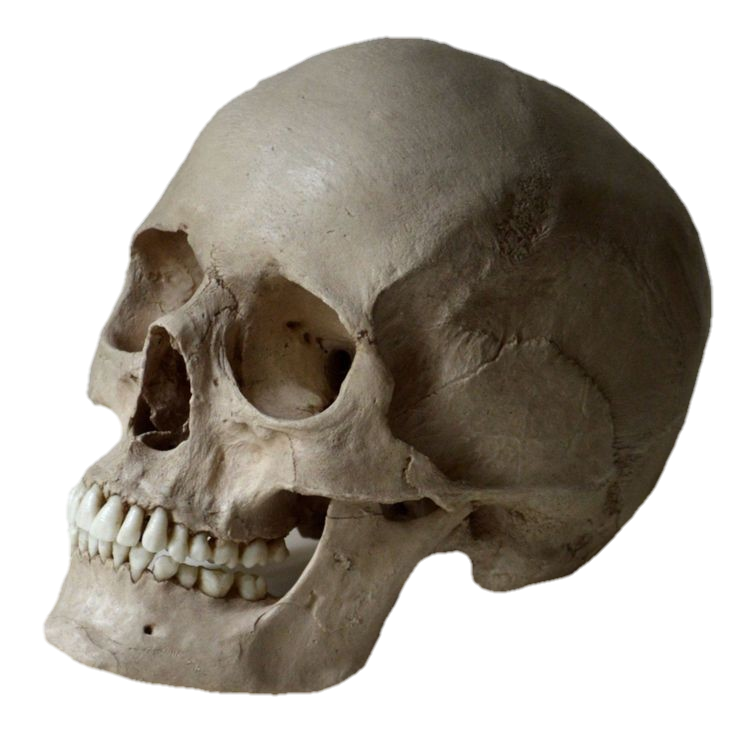This gallery shows 28+ high-quality and best-resolution Human Skeleton PNG Images, Vectors, Stickers, logos, Icons, and Clipart Pictures with transparent backgrounds. Free download all these Human Skeleton PNG images for graphic design, projects, presentations, web design, editing, and other works.
Human Skeleton PNG Images:































The human skeleton is a remarkable and intricate structure that forms the foundation of our bodies. Comprising 206 bones, it provides support, protection, and mobility, making it an indispensable part of the human anatomy.
The human skeleton serves several crucial functions in our bodies. Firstly, it provides structural support, serving as a framework that holds our body upright and maintains our shape. Without the skeleton’s rigid framework, we would be a mass of soft tissues incapable of standing or moving. Moreover, the frame protects vital organs. For instance, the skull safeguards the brain, the ribcage shields the heart and lungs, and the spine encases the spinal cord, ensuring the integrity of these essential components. This protective role is vital for our survival and well-being.
The human skeleton is composed of bone tissue, which is a living and dynamic material. Bones comprise a complex matrix of collagen fibers and calcium phosphate crystals. This combination gives bones their strength and resilience. Interestingly, bones are not static structures; they constantly undergo a process of remodeling throughout our lives. Cells called osteoblasts build bone tissue, while osteoclasts break it down. This dynamic equilibrium ensures that bones adapt to changing mechanical demands and repair themselves when damaged.
The human skeleton can be divided into two main categories: the axial skeleton and the appendicular skeleton. The axial skeleton consists of the bones along the body’s central axis, including the skull, vertebral column, and ribcage. Its primary functions are to protect vital organs and support the body’s weight. On the other hand, the appendicular skeleton includes the bones of the limbs and the girdles that attach them to the axial skeleton. This part of the skeleton facilitates movement and allows us to interact with our environment.
One of the most remarkable aspects of the human skeleton is its adaptability and ability to change over time. From birth to old age, our bones undergo significant transformations. During childhood and adolescence, bones grow and become stronger as they respond to the demands of physical activity. Peak bone mass is typically reached in early adulthood. As we age, bone density gradually decreases, making them more susceptible to fractures and bone-related diseases like osteoporosis. This highlights the importance of proper nutrition and physical activity throughout one’s life to maintain healthy bones.






Leave a Comment